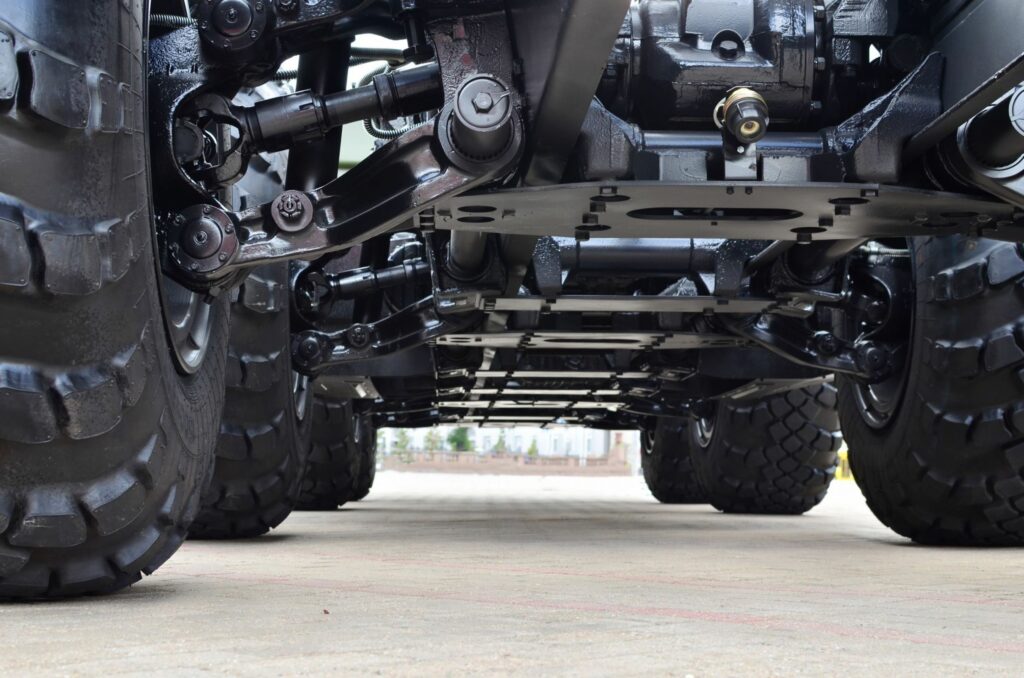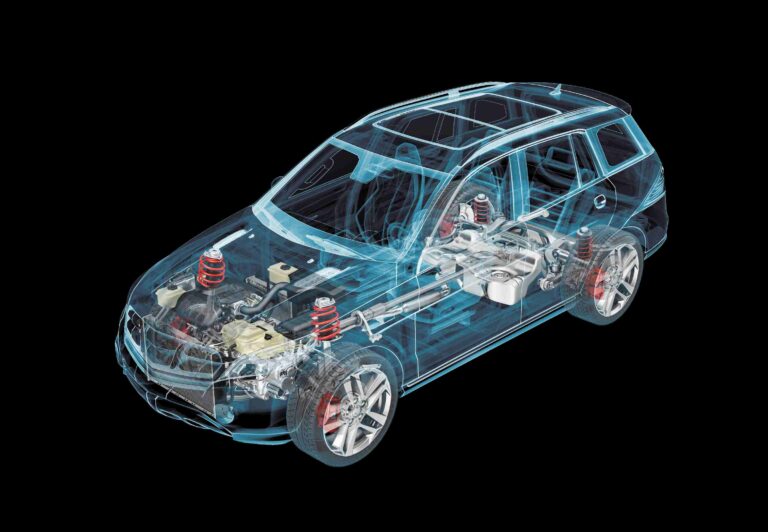Epoxy resins play a key role in many areas of our everyday life. Protective coatings of various surfaces, and especially protection of metals against corrosion, is one of the most important applications at all. However, is not just anti-corrosive performance of epoxies itself that makes it the real material of our future. By using epoxy resins, anti-corrosive protection is more effective and long lasting and hence saves resources.
For example, 200,000,000 MT of steel is produced in Europe annually . The production consumes the huge amount of energy, which causes the corresponding CO2 emissions and pollution. Steel needed to replace industrial and automotive parts and bodies damaged by corrosion is estimated at around € 400-600 billion a year . Without effective protection, the losses, and therefore the environmental impacts would be unimaginably higher. Thanks to epoxy resins, less new metal products need to be manufactured and less raw materials need to be consumed. Epoxy resins enable effective use of resources and reduction of CO2 emissions from the metal production.

E-coat basics
One of the key technologies of anti-corrosion coatings is the so-called e-coat also known as e-coating, electrocoating or electrodeposition coating. It is a process (immersion) of applying a liquid coating to a metal surface by use of electrical current. Electrically charged paint particles of resins and pigments are deposited out of a water emulsion to coat a conductive substrate. Paint film thickness is regulated by the amount of voltage. The deposition is self-limiting and slows down as the applied coating electrically insulates the part. E-coat particles deposit firstly in the areas closest to the counter electrode. As these areas become insulated, particles are forced into more other bare metal areas. This phenomenon is known as throwpower and is a critical aspect of the e-coat process. The process is cationic or anionic. The cationic e-coating process is used in 90%, while the anodic in only 10% of applications.
E-coat benefits
There are numerous benefits of the e-coat including cost efficiencies, production efficiencies and environmental advantages. The main advantage of the e-coat is that the process produces uniform finishes with excellent coverage and certain film thickness. High transfer efficiency, 100% coverage (including recessed area and sharp edges) and control of the film builds increase significantly corrosion protection and aesthetical properties of the final products.
Also the method is extremely effective in terms of resources use due to not only high transfer efficiency and self-limiting ability but also because there are no runs, drips or sags, non-uniform line loading and usually one or two coat applications are sufficient for the optimal performance.
The method is user-friendly automated system where low maintenance and minimal labour are needed. Faster production line speeds, dense racking of parts and low manpower requirements increase the line productivity. Usually, e-coat lines require higher initial costs but when consider variable costs (transfer efficiency, line efficiency, maintenance), the e-coat process come out as the lowest costs option for coating.
Furthermore, the excellent corrosion protection together with the line productivity bring environmental advantages of the epoxy e-coat. The products are durable and long-lasting and hence enable reduction of CO2 emissions and waste from the new product manufacturing. E-coat formulas are usually zero VOC (volatile organic compound) and HAPs-free (hazardous air pollutant) or low-VOC and reduced HAP. Compare to solvent-based coatings, this reduces air pollution. Share of the paint components utilized in the e-coat process is estimated to more than 95%. Such a raw material use efficiency reduces waste production, need of water use and waste water treatment and water pollution.
The e-coat process offers other important advantages: lead-free, heavy metal-free, reduced fire hazards, reduced exposure of workers to hazardous materials.

E-coat and its use
To prepare the e-coat, a low molecular weight epoxy resin react to a semi-solid epoxy. In the next step, an adduct with blocked amines is made. The adduct is converted to the aqueous phase to the form of an emulsion and then react with a hardener at a higher temperature to form a polyurethane-epoxy network. The final product has completely unique protective properties. The e-coat technology consumes approx. 30,000 MT of epoxy resins per year³ for primers and one-coat finishes.
Thanks to their excellent properties, epoxy resins play a key role in automotive. Before epoxy resins were used, the maximum protection time of automotive parts was 3-5 years. Epoxy resins enable increase significantly the time of corrosion protection to at least 10-15 years. The e-coat technology is used for protection of different parts including heavy trucks parts and frames, control arms, engine mounts, suspensions and torsion bars.
Thanks to excellent corrosion protection, chemical resistance and electric properties, epoxy e-coat is used in a wide range of non-automotive products as agriculture and construction metal parts, compressors, computer parts, switchgears, transformers, spring clips, suspensions, marine engines, radiators etc.
The e-coat is definitely one of the most effective and environmentally friendly coating process for corrosion protection where epoxy resins have and will have irreplaceable role. Epoxy resins enable sustainable future.
Ing. Jan Hyršl, CSc., CEO SYNPO
Mgr. Kamila Vítek Derynková, Product Marketing Manager, SPOLCHEMIE
¹ Steel Production in European Union increased to 13400 Thousand Tonnes in October from 12700 Thousand Tonnes in September of 2021, Trading Economics, 2021, https://tradingeconomics.com/european-union/steel-production,
² PACT—the International Measures of Prevention, Application, and Economics of Corrosion Technologies study, NACE International, 2016, http://impact.nace.org/economic-impact.aspx
³ Paints and Coatings, Epoxy Europe, 2021, https://epoxy-europe.eu/application/paints-coatings/